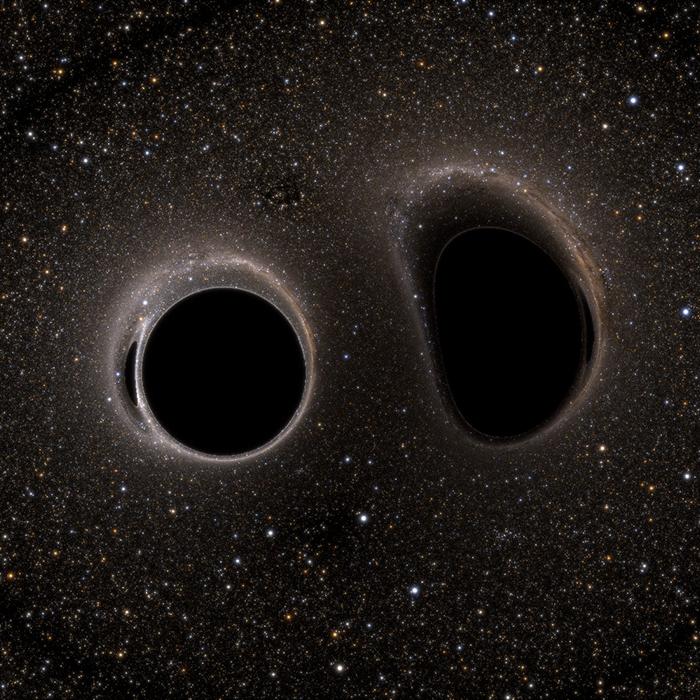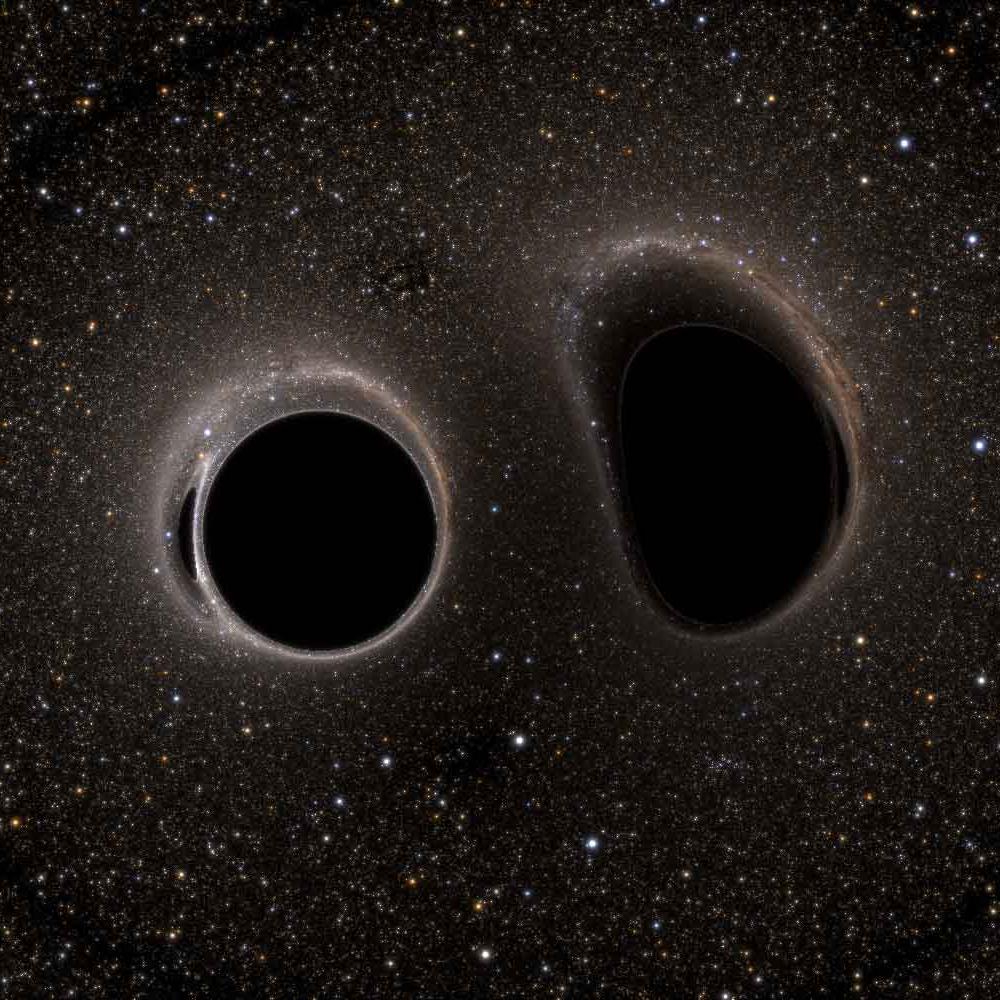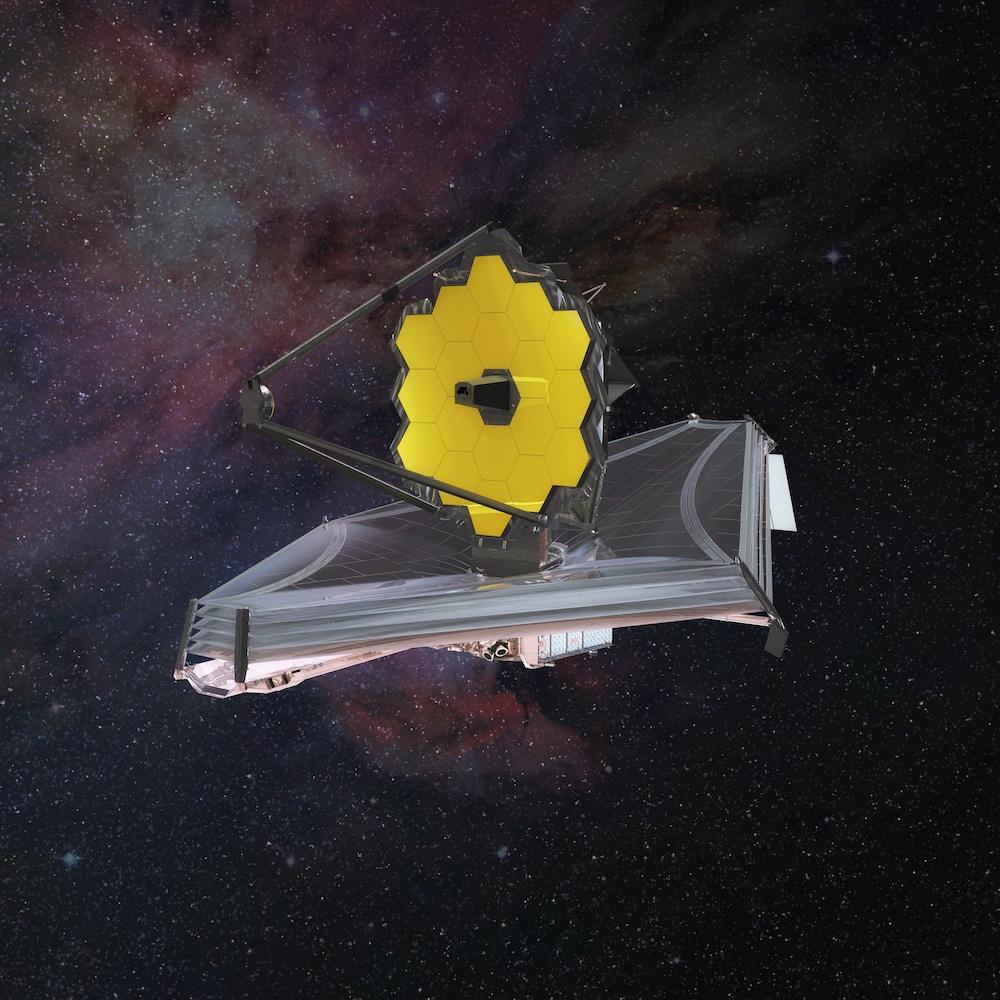Saul Teukolsky, the Hans A. Bethe Professor of Physics and Astrophysics in the College of Arts and Sciences, has been awarded the International Centre for Theoretical Physics’ 2021 ICTP Dirac Medal and Prize for his contributions to the detection of gravitational waves.
Teukolsky is the first Cornell faculty member to receive the medal, which is named for the renowned English physicist P.A.M. Dirac and awarded annually to scientists who have made significant contributions to theoretical physics.
Teukolsky will share the prize with Alessandra Buonanno, Max Planck Institute for Gravitational Physics; Thibault Damour, Institut des Hautes Études Scientifiques; and Frans Pretorius, Princeton University. Their work provided the theoretical underpinning for the detection of gravitational waves by the Laser Interferometer Gravitational-Wave Observatory (LIGO) in 2016.
The medal was awarded for “establishing the predicted properties of gravitational waves in the curvature of spacetime produced when stars or black holes spiral together and merge,” the ICTP said.
“The theoretical work of this year’s Dirac medalists was essential for interpreting the observations from LIGO, which is an unusually subtle experiment,” said Atish Dabholkar, ICTP director, in announcing the prize. “Together they provide an impressive check of the accuracy of Einstein’s general theory of relativity. It is a marvelous tribute to the remarkable power of our theoretical understanding of nature, which seemed too outlandish for observational verification until very recently.”
Einstein’s theory of gravitation, general relativity, predicts that two black holes that are circling each other lose energy by producing gravitational waves. The masses spiral together and eventually merge to form a single black hole. The energy released in gravitational waves can be impressively large but the gravitational interaction is so weak that detection and interpretation require very sensitive measurements and reliable knowledge of what to look for. The four Dirac medalists were responsible for resolving the great challenges of accurate computation of predicted waveforms.
Teukolsky began work on this topic while in graduate school at the California Institute of Technology, developing an equation that described how a rotating black hole interacts with its environment. The black-hole perturbation theory that he developed describes the late stages of the merger event, when the final black hole is settling down to equilibrium. and was critical to the work of Buonanno and Damour.
More recently, Teukolsky started a long-term project at Cornell to solve Einstein’s equations on big computers and predict the complete gravitational wave signal from coalescing black holes. The resulting enterprise has been critical to the data analysis carried out by LIGO.
“I’m very honored to receive this award,” Teukolsky said. “But quite frankly, this project would have been impossible without the great graduate students and postdocs who have contributed so much.”
A professor at Cornell since 1974, Teukolsky is a co-author of the widely used textbooks, “Numerical Recipes: The Art of Scientific Computing” and “Black Holes, White Dwarfs and Neutron Stars: The Physics of Compact Objects.”
He was elected to the American Academy of Arts and Sciences in 1996 and the National Academy of Sciences in 2003. His many awards include the Einstein Prize and a shared Special Breakthrough Prize in Fundamental Physics.





